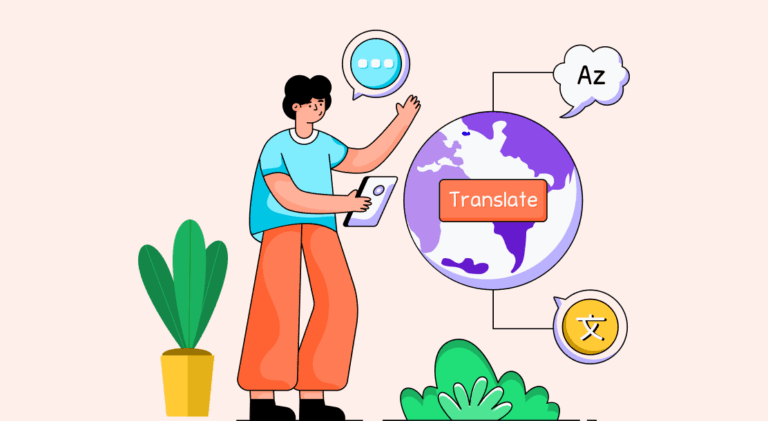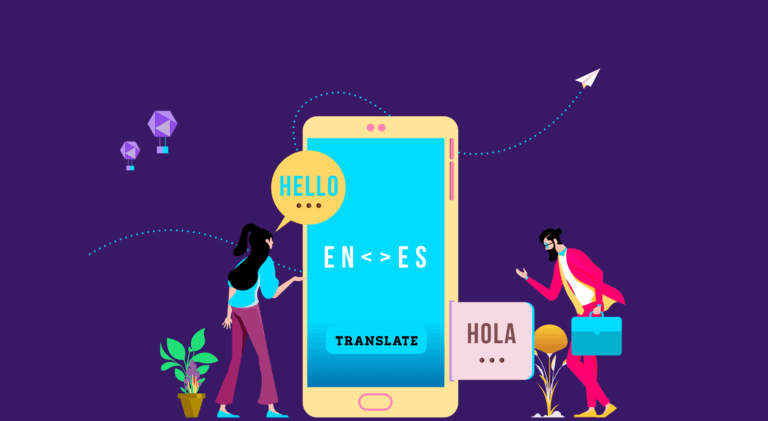
Nowadays, it may seem easy to translate text from one language into another. There’s Google Translate, iTranslate, TextGrabber, and several other apps for writers, travelers, and businessmen. Yet, as many have found out, translation is not that simple. Every language has its own nuances and rhythms. Translators must be alert to every emphasis to be accurate.
The cost of common translation mistakes can be severe. Take the case of HSBC. As part of a rebranding exercise, the bank changed its tagline to “Assume Nothing.” In many countries, this was translated as “Do Nothing.” HSBC had to spend millions to fix this. Then, there’s KFC. When the company known for fried chicken opened its first outlet in Beijing, the slogan “It’s Finger Lickin’ Good” was translated as “Eat Your Fingers Off.” Ouch.
That’s why you have to be careful with all forms of translation, lest you make any translation mistakes that can cost you a whole lot.

10 Common Translation Mistakes to Look Out for
To begin with, here are 10 common mistakes in translation you should avoid.
1. Translating verbatim
Simply translating every word in the order in which it occurs means that the result will be confusing. Every language has its own structural rules. In some cases, the emphasis is on the subject. In others, it’s on the object. Often, it’s not where the word is placed that’s important, but the sentence as a unit. That’s why it’s crucial to look at the text as a whole, and to understand the meaning first. Then, translation can be attempted. The uniqueness of each language should be respected, because translation is not a mathematical equation.
2. Not getting it checked
After the translation is complete, it’s always a good idea to ask someone who is proficient in the language to go through it carefully. Many times, a native speaker will be able to pick up sentences that are awkward, or meanings that are unclear. These are among the common errors in translation. The native speaker does not necessarily have to know the source language.
Think of it as a way of testing the translation with the target audience. This also means that you should keep enough time after the translation for such a check to take place. If the meaning of the translation is crystal-clear from the start, then you can go ahead.
3. Not paying attention to tonality
Language is a versatile medium. It is used for virtually all interactions. There are different registers and uses of the same language. A lot depends on the intention of the speaker. In a casual conversation between friends, for example, the language tonality will be different from that of a news reader.
When translating text, look out for the tone. Then, you can use a similar context for the language that you are translating into. The manner and style make a difference. The tone of a casual article about tourism will be different from the tone of a legal document. It’s best to be clear about the tone from the start.
4. Not understanding humor
Experts in translation know that humor is difficult to translate. This aspect of translation is linked to tone, which we discussed above. Humor can depend on cultural context, local attitudes, or even the sound of words. In such cases, a direct or literal translation will not be able to convey the humor.
Many times, experienced translators do not try for a literal translation of a joke or a light-hearted comment. Instead, they think about the closest parallel in the target language and render it differently.
5. The problem of slang and colloquialisms
Every language has its own nuances it acquires over time. It contains words that you may not even find in dictionaries. These are expressions that give each language its unique flavor. Often, it is impossible to find an exact word for them in another language. This leads to common errors in translation. That is why translators should pay special attention to them. It’s a good idea to ask a native speaker about the word or phrase to understand the exact meaning in use. Then you can find other words that capture the same flavor.
6. Treating all numbers as the same
Among the most important translations are reports dealing with facts, figures, and dates. In these cases, numbers play a significant role. It’s crucial to keep in mind that languages treat numbers differently. In many cases, the date formats are different. At other times, the systems of weights and other measures are dissimilar.
That’s why, a diligent translator needs to cross-check the nature of every number to avoid translation mistakes. This is especially important when it comes to technical information relating to medicines. Not checking the numbers carefully can lead to inaccuracies.
7. Ignoring grammatical structures
Earlier, we mentioned the mistake of translating verbatim. A similar problem is lack of grammatical knowledge of the language you are translating from. For example, in English, the subject is given prominence. In Mandarin, it’s the topic that is important. That is why English often has complex, long sentences that follow structural rules. In Mandarin, long sentences are typically separated by strict punctuation to make people aware of the meaning. Other errors can relate to tense, voice, and agreement between parts of a sentence. Accurate translation can be carried out only by understanding the grammatical differences between two languages.
8. Not paying attention to gender
Languages also differ in their approach to gender. In English, for example, possessive adjectives agree with the gender of the possessor. However, in French, they agree with the gender of the possessed object. Yet other languages are gender-neutral. The translator must have a clear understanding of the different ways in which gender and grammar converge. Otherwise, there can be embarrassing mix-ups in translation, which is a common translation mistake to make.
9. Lack of knowledge of specialized words
Many legal, medical, engineering, and other specialized documents require translation. These are important tasks, and care must be taken with them. All of these disciplines have technical words. They are clearly understood by those in the profession. The translator must take care to check the meaning of such words. If there is no direct translation in the target language, they should explain what the words mean as clearly as possible. In such cases, it’s a good idea to first check with an expert in the subject.
10. Being out of date
Language is not a static medium. It evolves and changes over time. Words that meant one thing years ago can mean something else today. Usage patterns shift and nuances also change. For example, the word “nice” used to mean silly or simple. The word “awful” originally meant worthy of awe. Both the words have different definitions today. Not being aware of language trends is another common translation mistake. Translators should make an effort to stay updated with such shifts in meaning. Otherwise, accuracy will suffer.
Keeping the above ten points in mind will go a long way in avoiding the most common translation mistakes. Having said that, languages are complex. Even the most professional translators can sometimes make mistakes.
One way to approach the task is to look at it as a team effort. After an initial round of translation is carried out, a native speaker can go through it and add comments. Then, it can be revised and further proofread. If there are technical words and phrases, experts can be asked for their opinion. In this way, translations can remain close to the spirit of the original text.
FAQs
Some of the common mistakes in translation are as follows:
– Translating word for word
– Using incorrect words in the target language
– Exaggerating the meanings of words
– Not paying attention to tone and style
– Translating from a language they are not proficient in
Incorrectness depends on the nature of the document being translated. Sometimes, small slips do not matter. However, there are times when even a small mistake can alter the meaning of an entire document. In the case of medical or engineering documents, numbers and technical aspects need to be correctly translated, otherwise, the consequences can be severe.
Languages are different because cultures have evolved differently. Many times, machine learning and even human translators cannot spot or understand the impact of such differences. It takes experience and expertise for a translator to accurately transform the meaning in one language into another.
These are some traits a good translator should possess:
– Linguistic proficiency
– Appreciation and understanding of other cultures
– Awareness of the nature and evolution of language
– Attention to detail
– Ability to take feedback
– Knowing how language works and changes
Latest Blogs
Explore how Google’s 2025 AI search updates triggered ranking chaos. Learn actionable strategies to adapt your SEO for AI Overviews, zero-click searches, and SERP volatility. Stay ahead now.
Learn how to rank on AI search engines like ChatGPT, Perplexity, and Gemini by optimizing your content for authority, structure, and relevance. Stay ahead in AI-driven search with this strategic guide.
Explore the best healthcare SEO services for your medical practice. Improve online visibility and effectively reach more patients in need of your services.
Get your hands on the latest news!
Similar Posts

Translation
5 mins read
All You Need to Know About Language Translation and Terminology Management

Translation
5 mins read
6 Reasons to Translate Content into German

Translation
5 mins read